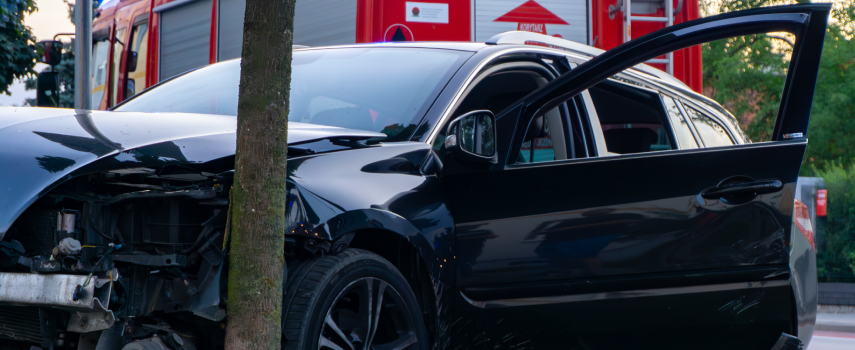Alec Baldwin crashed his SUV this week in the Hamptons after swerving to avoid a garbage truck and hitting a tree. Most people think that if you only tried to avoid danger, you are not at fault. But under New York law, that’s not how it works. Even if another driver forces you to react, you can still share the blame.
New York follows something called pure comparative fault, found in CPLR 1411. It means that every driver’s percentage of fault reduces their recovery by that same percentage. If you are 99% responsible, you can still recover 1% of your damages. In a crash like Baldwin’s, investigators would look at whether the truck made an unsafe turn or whether Baldwin overreacted on a slick road. Both drivers can legally share fault if their actions contributed to the accident.
No-contact crashes like this are especially complicated. If you crash without being hit, you must prove that the other vehicle’s negligence directly caused your loss of control. That is called proximate causation. Without clear evidence, like video footage or independent witnesses, courts often treat these as “phantom vehicle” cases, and insurance companies may deny responsibility altogether.
The emergency doctrine also plays a big role. New York law recognizes that drivers sometimes face sudden danger and must act quickly. If your reaction was reasonable under the circumstances, you might not be found negligent. But if the reaction was reckless or unnecessary, you can still share liability.
Insurance adds another twist. New York requires every vehicle to carry minimum liability limits of $25,000 for injuries to one person, $50,000 for multiple people, and $10,000 for property damage. That amount barely covers a hospital visit. That’s why the no-fault system under Insurance Law 5103 pays your basic medical bills and lost wages regardless of fault. If your insurance delays payment, it owes you 2% monthly interest under Insurance Law 5106.
Who owned the garbage truck also changes everything. If it was a city sanitation truck, Baldwin would have only 90 days to file a Notice of Claim under General Municipal Law 50-b, and New York City vehicles are self-insured with strict payout limits. If it was a private hauler, that company likely carried layered insurance: a $1 million primary policy plus several million in excess or umbrella coverage. That single detail can determine how much compensation is available and how long you have to claim it.
If the other driver disappears or has no insurance, your own Uninsured Motorist (UM) or Supplemental Underinsured Motorist (SUM) coverage may step in. UM applies when the at-fault driver is unknown or uninsured, and SUM applies when their policy limits are too low. Both require quick notice and proof that another vehicle caused the crash. Waiting too long can void your rights completely.
This week’s Baldwin crash highlights how complex New York’s motor vehicle laws really are. It is not enough to say you swerved to avoid danger. You must prove what caused your reaction and protect your rights immediately. Timing, evidence, and knowing which insurance policies apply can mean the difference between full compensation and no recovery.
At The Platta Law Firm, we help accident victims across New York navigate these exact issues. We identify every possible insurance source—whether it’s a municipal vehicle, private truck, or phantom car—and build strong evidence to prove liability.
If you’ve been injured in an accident, don’t wait. Call us 24/7 or contact us through our website or live chat to speak directly with an experienced attorney at The Platta Law Firm. We fight for injury victims across New York and will help you get the justice and compensation you deserve.


